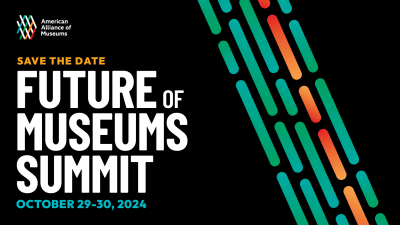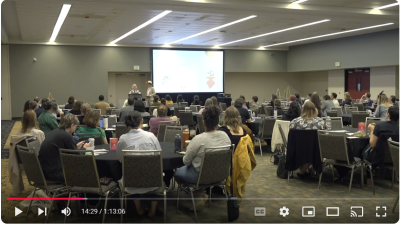

Design and construction projects are notorious for taking longer than expected, and the unique undertaking of a museum exhibit design project is no exception. A number of factors routinely throw these projects off track. Unrealistic timeframes, short-staffed teams, long review periods—even holidays and vacations—and more, can eat away at valuable days and weeks.
In a report entitled Current Practice in Project Management: an Empirical Study, by the Centre for Complexity and Change (yes, that’s a real thing), the authors listed 24 data-supported factors that contribute to a project’s success. The second most important factor, right after “Clear Goals & Objectives,” was “Realistic Schedule.” The evidence speaks for itself, successful project schedules lead to successful projects. Whether your exhibit design project needs to be completed in eight weeks or eight months, here are five helpful tips for keeping the work on schedule:
- Have a Project Schedule. This should go without saying, but you’d be surprised how many museum projects—especially small ones—have no detailed schedule. Every project requires planning, and the schedule is part of that plan. Without one, there’s no way of knowing if you’re on the right path. The project schedule doesn’t have to be a complex, multi-layered Gantt chart. A simple spreadsheet with a chronological list of tasks and milestones is often sufficient.
- Involve the Team. Project schedules should never be developed by a single person in a vacuum. The group leader—or project manager—should involve the exhibit development team and other stakeholders in creating the schedule. Each discipline (graphic design, content development, etc.) must provide input into how long certain tasks will take, and must discuss together how their efforts are best coordinated and overlapped.
- Complete Tasks Early. Parkinson’s Law is the adage that tasks expand to fill the time allotted for them. If a project schedule allows three weeks for the graphic design of a gallery, then chances are pretty good that it’ll be finished on the final day (around 5:00 PM). Don’t fall into this common and silly trap. If there’s work that can be wrapped up in less time than the schedule allows, do it! And then move on to the next important task.
- Be Flexible and Adaptable. A project schedule is not absolute. It’s a roadmap. And when your project hits detours and roadblocks—as they all, inevitably do—you need to find a new route to get the project back on track. This doesn’t mean that the project team can be laissez-faire about deadlines, but that everyone must be prepared to accommodate a changing course forward. Even the tightest project schedule is a living document and needs to be revisited and revised periodically.
- Check-in with the Team. Don’t just distribute the project schedule and expect everyone to follow along. Schedules are boring and not visually interesting. Assume that no one on your team will even look at it. Have regular team meetings focused on the schedule: on ongoing tasks, upcoming milestones, and potential red flags. Periodically touch base with team members one-on-one. Ask them, a few days before a deadline, if they’re in good shape to complete the task on time.
A project schedule is just an illustration: a piece of paper (or a file). Even with a well thought-out, detailed schedule and the tips noted above, there’s no guarantee that your exhibit design project will stay on target. But it can if you treat it right. A schedule needs to be managed, looked over, and babied; not just created then forgotten. Remember what Fred Brooks, of IBM fame, once said; “How does a project get to be a year late? One day at a time.”
About the Author
David Whitemyer is the Director of Business Development at Luci Creative, an exhibit design firm, and an instructor in Johns Hopkins University’s Museum Studies program. He can be reached at david@lucicreative.com








Good, cheap, fast … choose two. 30 years of successful museum exhibition planning and design taught me that all too often it came down to that choice.